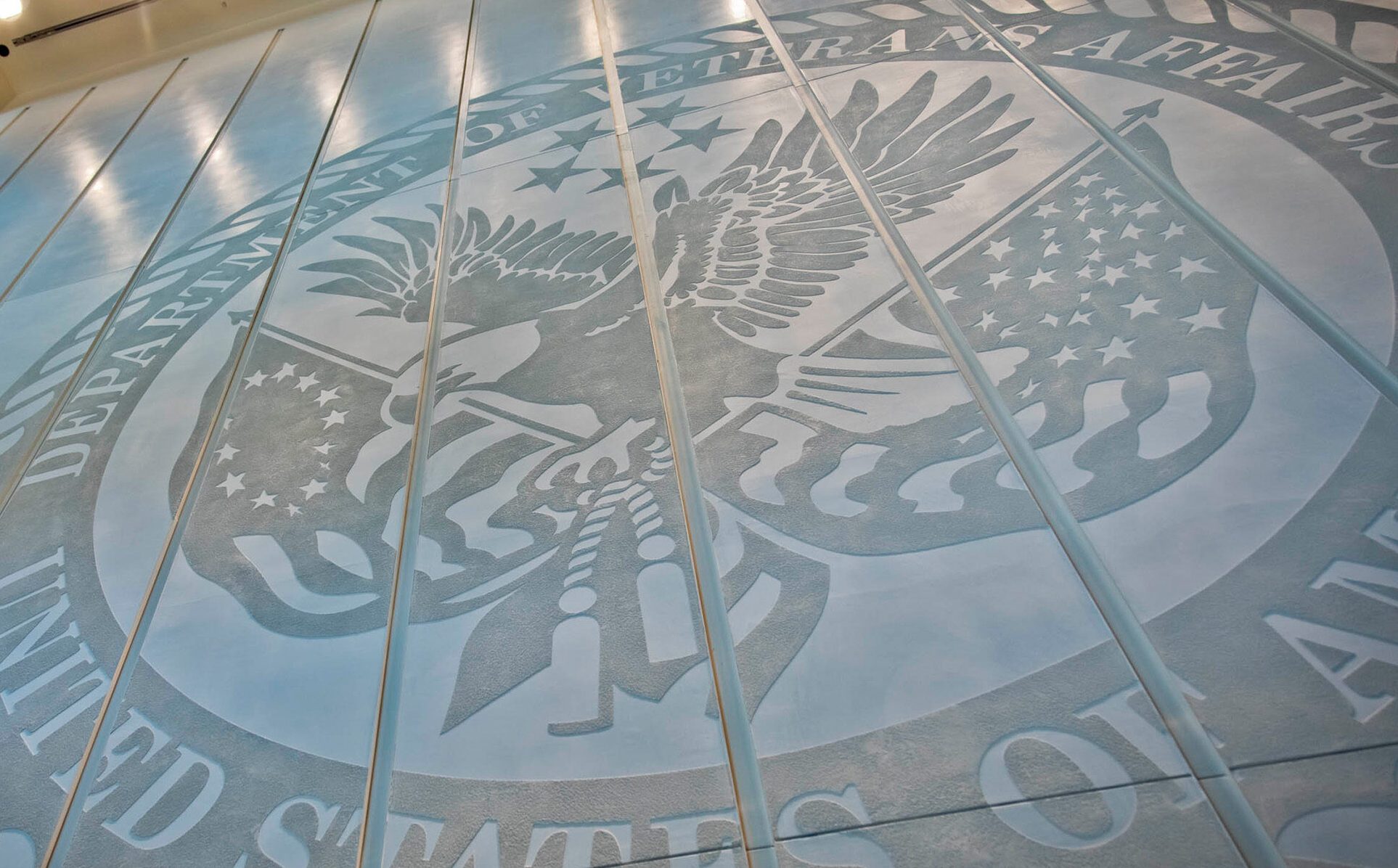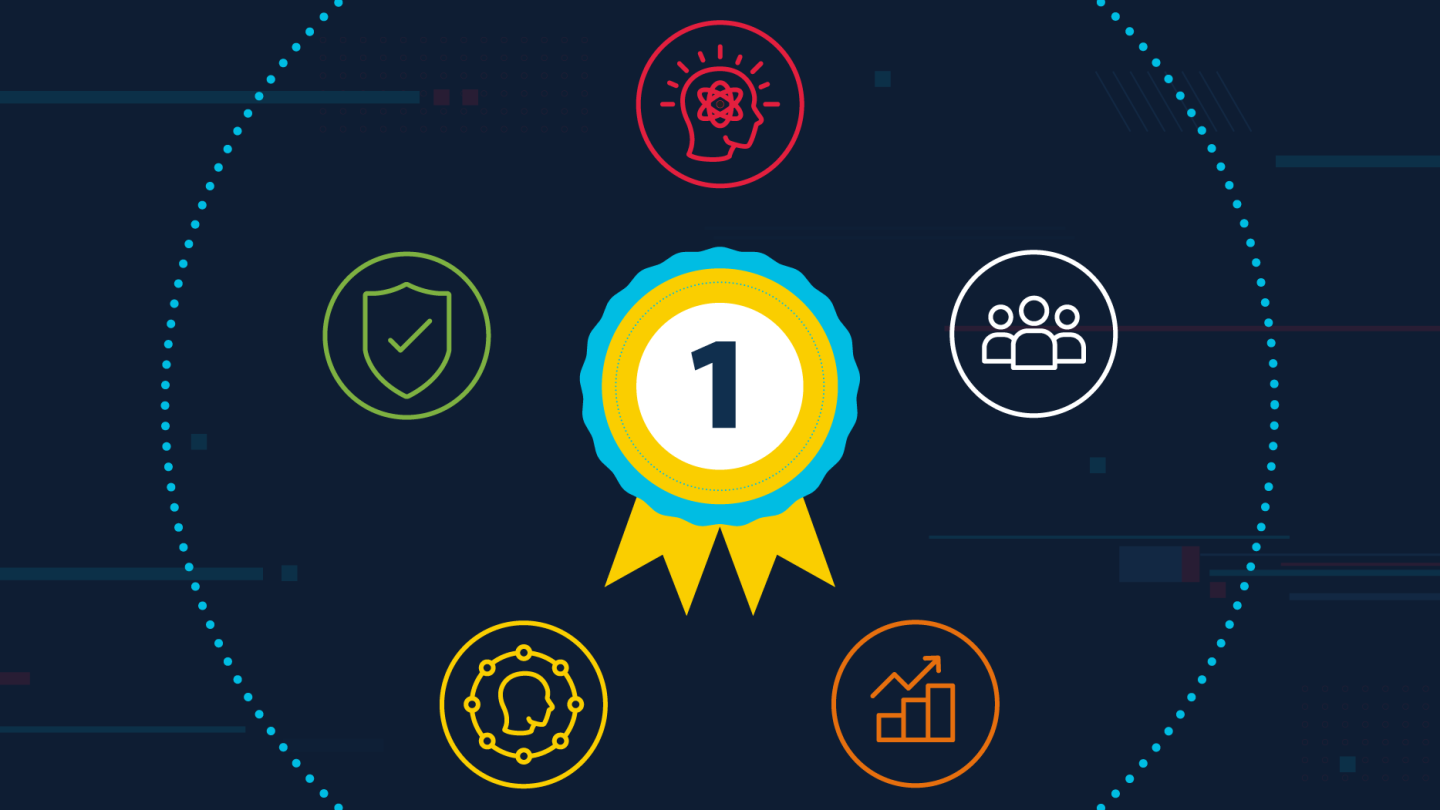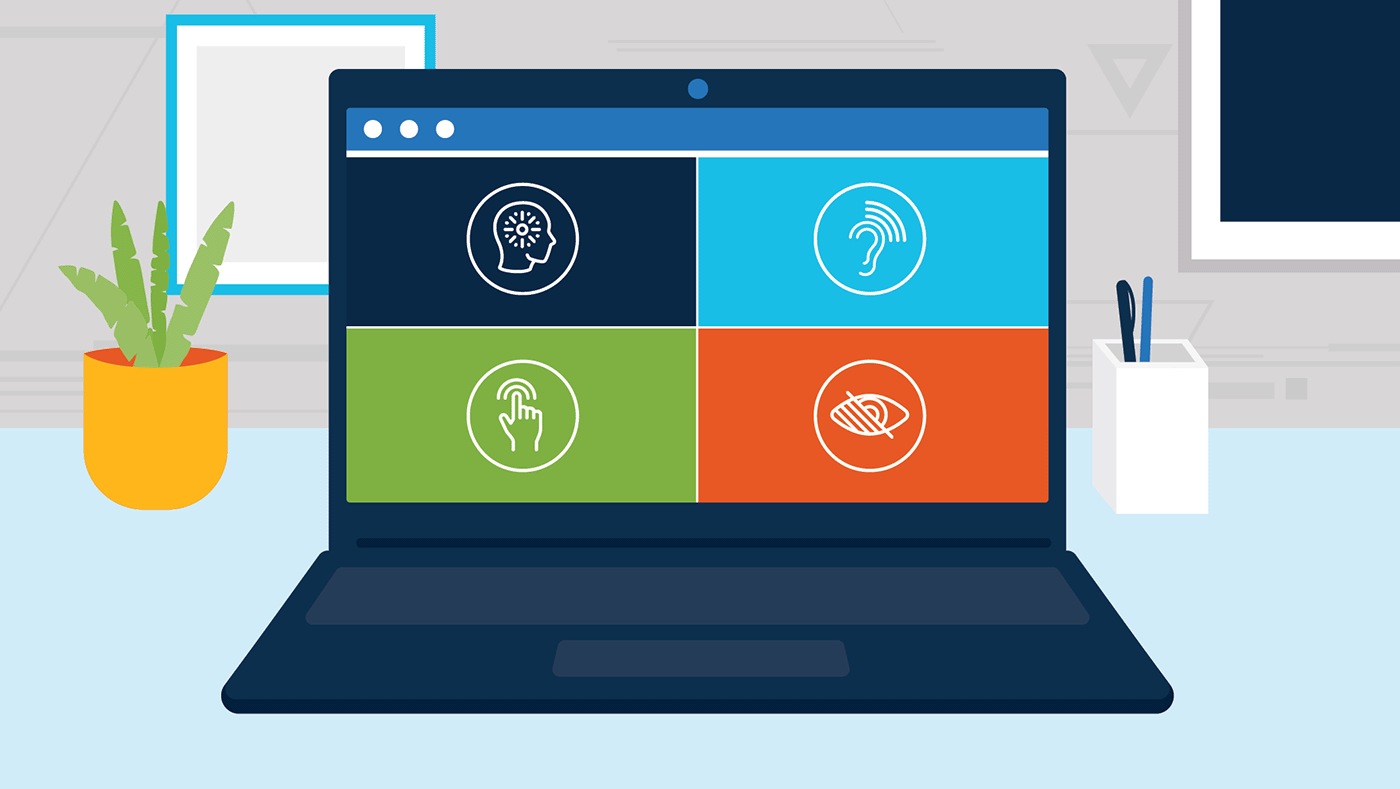Appears In

On a sunny Friday morning in May, Department of Veteran Affairs (VA) executives, including Chief Information Officer and Assistant Secretary for Information and Technology Jim Gfrerer and Chief Veterans Experience Officer Dr. Lynda Davis, gathered virtually to listen to a presentation about improving the Veteran digital experience that was based on insights from interviews, surveys, and user-testing with over a hundred Veterans.
Interestingly, the presenters were not Office of Information and Technology (OIT) employees. They were three students from Harvard University — Jeremiah Hay, Lien Tran, and Taylor Thomas — who were researching ways VA could make it easier for Veterans to digitally access their services and benefits on smartphones.
The Latest Research Underway
Their research culminated in the development of a multifunctional application that would allow Veterans to manage their benefits as well as access healthcare features that enable users to schedule appointments, renew prescriptions, and communicate with their medical team. After dozens of user feedback sessions and multiple iterations, their final recommendation was a streamlined native mobile application that put healthcare and benefits management at Veterans’ fingertips.

The student’s recommendation for a multifunctional app was met with enthusiasm by VA executives and garnered support from OIT’s Digital Experience Product Office, who quickly saw the potential of the prototype. The timing for the application could not have been more opportune, as a global pandemic forced the closure of many in-person services for Veterans, thus necessitating quick turnaround on innovation for digital services.
“The Harvard student team did amazing work, especially during the pandemic, of spending time with a broad group of Veterans to learn about their digital experiences, and exploring what could be improved, especially as more Veterans access services via their smartphones,” said VA Chief Technology Officer Charles Worthington. “Their recommendations and early prototypes for a multifunctional mobile app, grounded in research about what Veterans need, is something I’m excited about making a reality for our Veterans.”

The presentation was a culmination of a semester-long class at the Harvard Kennedy School (HKS) called Tech and Innovation in the Government, a course created and taught by Nick Sinai, former U.S. Deputy Chief Technology Officer at the White House. For the past five years, VA has partnered with Professor Sinai’s HKS field class. With sponsorship from OIT’s Office of the Chief Technology Officer and support from the Presidential Innovation Fellows program, past student teams have worked on projects for the Veteran Benefits Administration (VBA), the Veterans Health Administration (VHA), and the National Cemetery Administration (NCA).
In 2016, the inaugural class kicked off with the design question “How can the U.S. Department of Veterans Affairs modernize its appeals process for disability benefits?” The students came up with a Khan Academy-inspired educational platform that uses bite-sized videos to walk veterans through the appeals process. Past projects have explored how Veterans prefer to receive notifications, how the NCA might provide a modern digital experience for visitors of cemeteries, how the VA can improve the transition process for new Veterans, and how the VA can better support the millions of Veteran caregivers.
Collaborating to Improve the Veteran Experience
The five-year collaboration between VA and HKS’s Tech and Innovation in Government has brought new ideas to the Department. It’s exposed talented graduate and undergraduate students to public service and gave them hands-on opportunities to learn user-research, product management, and public sector entrepreneurship. It’s also allowed these students to engage directly with Veterans, undoubtedly giving them a better appreciation for Veteran service and shared commitment with VA for investing in business transformation that can enhance the Veteran experience, and helped bring the next generation — our future workforce — into federal service.
Perhaps most importantly, the collaboration has helped VA continue to focus on meeting the diverse needs of Veterans. As the student team described this year — they are required to blog throughout the semester — in their final post:
“In three months, our team endured a pandemic, worked through five different app prototypes, and got feedback from over a hundred different Veterans. Though we came in with little knowledge of the VA, our intense focus on understanding Veteran experiences allowed us to gain valuable insight into their needs and how the VA might best address them. We’re excited to pass our findings to the internal team that is ensuring the VA moves forward in their mission to provide America’s Veterans with the benefits and services they’ve earned.”
To see all of the class projects and for more information on the Tech and Innovation in Government course, visit: innovategovernment.org.






